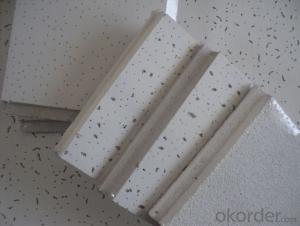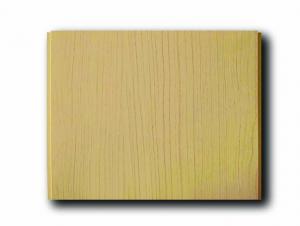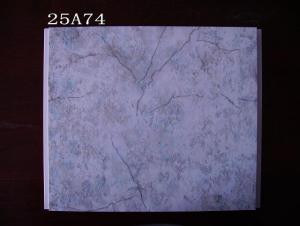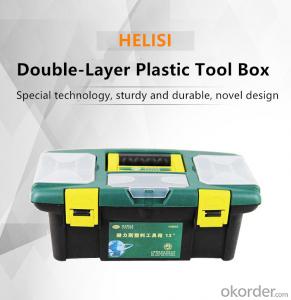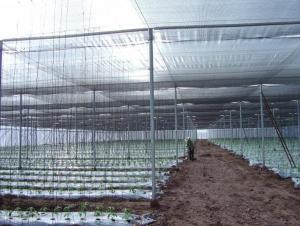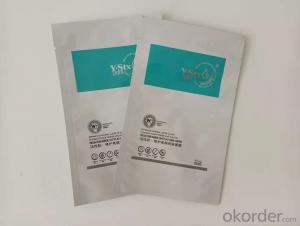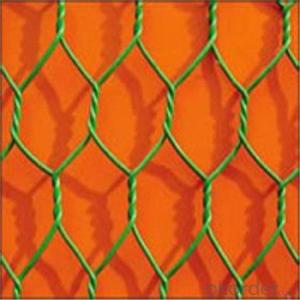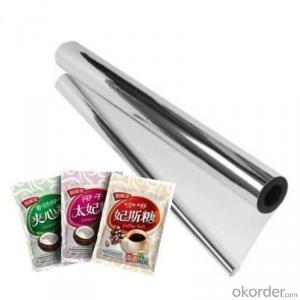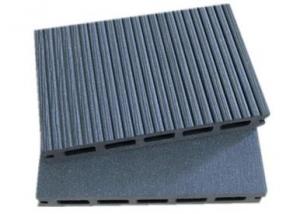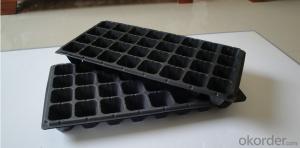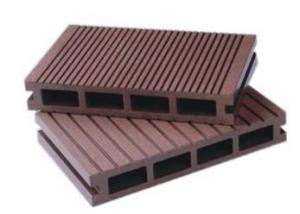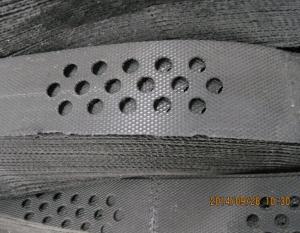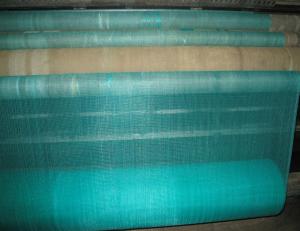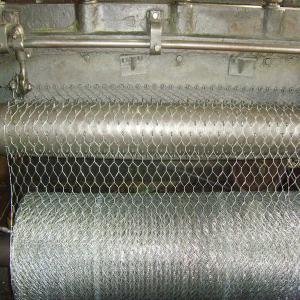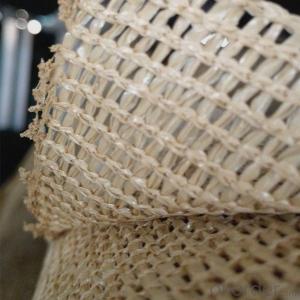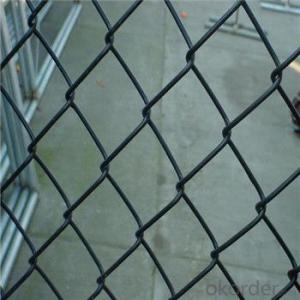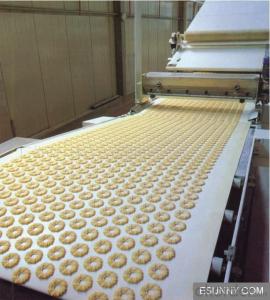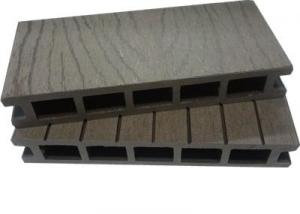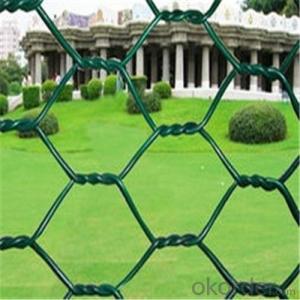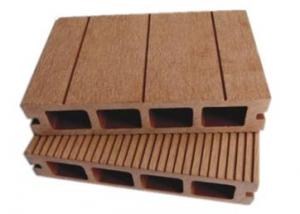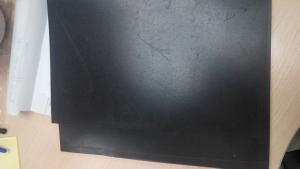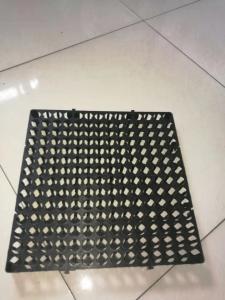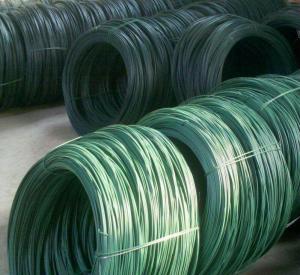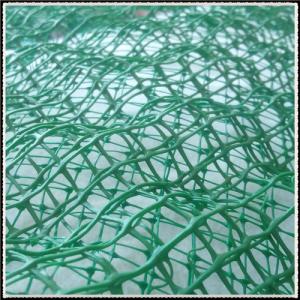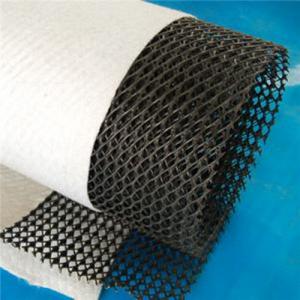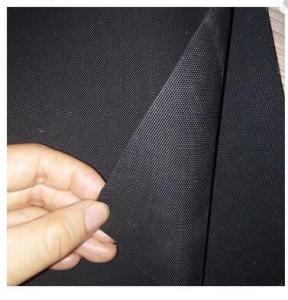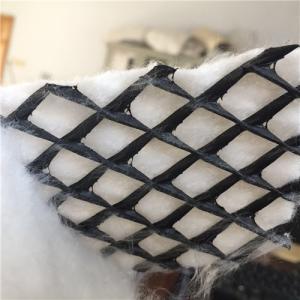Green Plastic Netting
Green Plastic Netting Related Searches
42 In Ceiling Fan With Light Fiber Sheet For Roof Lights For Kitchen Ceiling Lights For Fall Ceiling Spotlight For Ceiling 5 Blade Ceiling Fan With Light Acoustic Padding For Walls Stainless Steel Ceiling Fans Stainless Steel Turn Green Downlights In CeilingHot Searches
Steel Mesh Panels For Sale Price For Stainless Steel Scrap Scrap Price For Stainless Steel Cheap High Tea Sets For Sale Stainless Steel Tanks For Sale High Density Fiberboard For Sale Solar Hot Water Collectors For Sale Scaffolding For Sale In Uae Scaffolding For Sale In Ireland Scaffolding For Sale In Houston Type Of Inverter For Solar Price Of Shipping Containers For Sale Stock Price For Aluminum Used Solar Inverter For Sale Portable Led Signs For Sale Stone Hot Water Bottles For Sale Large Led Screens For Sale Used Aluminum Scaffolding For Sale 1/4 Aluminum Plate For Sale Pvc Chairs For SaleGreen Plastic Netting Supplier & Manufacturer from China
Okorder.com is a professional Green Plastic Netting supplier & manufacturer, offers integrated one-stop services including real-time quoting and online cargo tracking. We are funded by CNBM Group, a Fortune 500 enterprise and the largest Green Plastic Netting firm in China.Hot Products
FAQ
- Geocomposites help in drainage systems by providing a highly efficient and cost-effective solution for managing water flow. They are made of a combination of geotextiles and geonets, which work together to enhance the drainage capacity of the system. The geotextile component acts as a filter, preventing clogging and the ingress of fine particles, while the geonet component provides a high flow rate for rapid water drainage. This helps to improve the overall performance of the drainage system, reducing the risk of flooding and water damage.
- The different jointing options available in earthwork products include mechanical jointing, such as tongue and groove or interlocking systems, as well as adhesive jointing using sealants or adhesives. Additionally, some earthwork products may also offer flexible joints to accommodate movement and prevent cracking or shifting.
- Geotextile mats offer several benefits in geotechnical engineering projects. Firstly, they provide reinforcement and stabilization to the soil, preventing erosion and soil movement. This helps in maintaining the integrity of the structure built on the soil. Secondly, geotextile mats act as a filtration layer, allowing water to pass through while preventing the migration of fine particles. This improves the overall drainage capacity of the soil and prevents clogging of drainage systems. Additionally, geotextile mats can enhance the load-bearing capacity of the soil, reducing settlement and improving the overall stability of the project. Lastly, they are cost-effective and easy to install, saving time and labor during construction. Overall, geotextile mats play a crucial role in improving the performance and lifespan of geotechnical engineering projects.
- There are several different installation techniques for earthwork products, depending on the specific product and the intended use. Some common techniques include excavation and grading, compaction, backfilling, and erosion control. Excavation and grading involve removing excess soil and shaping the land to the desired contours. Compaction involves using heavy machinery to compress the soil, making it more stable and able to support structures. Backfilling is the process of filling in excavated areas with soil or other materials to provide support and stability. Erosion control techniques, such as installing erosion control blankets or retaining walls, are used to prevent soil erosion and maintain the integrity of the earthwork.
- Yes, earthwork products can be used in residential construction projects. These products, such as soil, gravel, and aggregates, are commonly used for site preparation, foundation construction, drainage systems, landscaping, and other related activities in residential construction projects.
- There are several types of geosynthetic reinforcements used for embankments, including geotextiles, geogrids, geocells, and geocomposites. Geotextiles are permeable fabrics that provide separation, filtration, and drainage in embankments. Geogrids are high-strength polymer grids that offer soil stabilization and reinforcement. Geocells are three-dimensional honeycomb structures that confine and stabilize the soil. Geocomposites are composite materials that combine two or more geosynthetic components, such as geotextiles and geogrids, to provide multiple functions like filtration and reinforcement simultaneously. These geosynthetic reinforcements help enhance the stability, strength, and performance of embankments.
- Geosynthetic meshes are used in slope stabilization by providing reinforcement and containment of soil or rock materials. They help distribute the forces acting on the slope and increase its overall stability. By preventing soil erosion and promoting better drainage, geosynthetic meshes effectively mitigate the risk of slope failures and landslides.
- Geotextile mats offer several advantages in soil stabilization. Firstly, they provide erosion control by preventing soil loss due to water runoff or wind. Secondly, these mats help in reinforcing the soil, improving its load-bearing capacity and reducing settlement. Additionally, geotextile mats aid in filtration, allowing water to pass through while trapping sediment and preventing clogging of drainage systems. They also promote vegetation growth by providing a stable and fertile environment for plant roots. Overall, geotextile mats are cost-effective, durable, and environmentally friendly solutions for soil stabilization.


